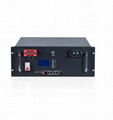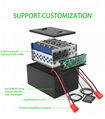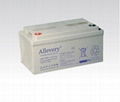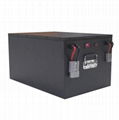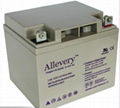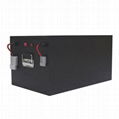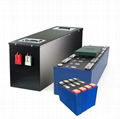Product Description
Features and application of lead-acid batteries:
No maintenance: the entire life of the battery without adding water during rehydration.
High reliability, long life, special sealing structure, and flame-retardant shell in the use of the process does not produce leakage of electrolyte deficiencies, much less fire.
Weight, volume ratio of the energy high, resistance is small, high output power.
Small self-discharge, 20 ℃ under the monthly self-discharge rate is not more than 2%.
Man charged the factory, no flow of electrolyte transport safety.
Wide temperature range: Standard Series Battery (-30 ℃ ~ 50 ℃), high-temperature series (-45 ℃ ~ 70 ℃)
No balance charging, the battery internal resistance due to monomer, capacity, consistency of quality float voltage to ensure that the battery during use, without a balanced charge.
To restore good performance: the battery had discharged to 0 volts, short circuit placed on 30 days, can still be charged to restore its capacity.
Solid copper terminals: easy to install connections, conductive ability.
Computer-aided design and computer-controlled main production process to ensure consistency of product performance and meet design standards
The use of solar photovoltaic system, street and city lighting engineering, wind power energy storage, scenery complementary street, courtyard, beacon lights, lights, power plants, substations, telecommunications, communications, electricity, nuclear power plants, hydroelectric plants, UPS uninterruptible power supply, EPS Emergency Power Supply, microwave relay stations, standby power, all the DC power supply, AC to DC inverter systems, railway rolling stock, electric vehicles, ships, electric boats, electric boats, switches, emergency lighting, coal explosion-proof traction, battery car, truck, car starting, lighting, fire alarm, medical, telemetry equipment, security systems, portable power, portable electrical appliances, pump systems, scales, etc.
NOTE: The above can produce different specifications according to customer requirements


